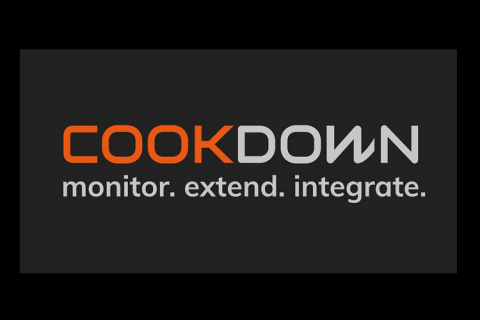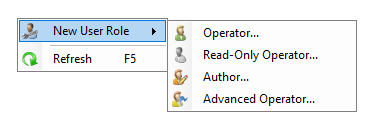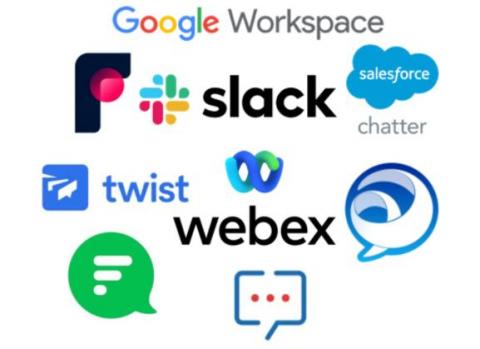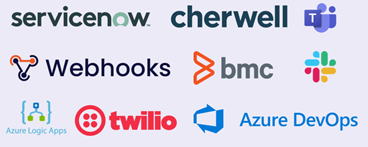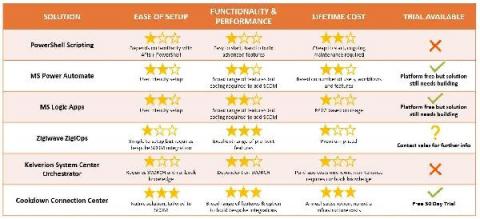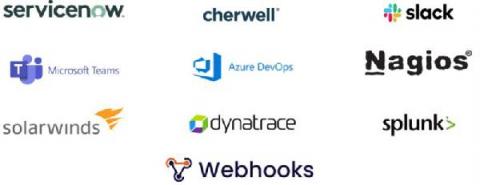Troubleshooting SCOM 2022 Teams Integration
When we were setting SCOM 2022 Teams integration in our environment these are some of the issues and fixes we discovered. For the full setup guide for SCOM 2022, or if you are looking for integrations for older versions of SCOM (2012 R2+) or more functionality, such as bi-directional sync, check out our blog on ‘How does SCOM 2022’s native Microsoft Teams Integration Work?’


